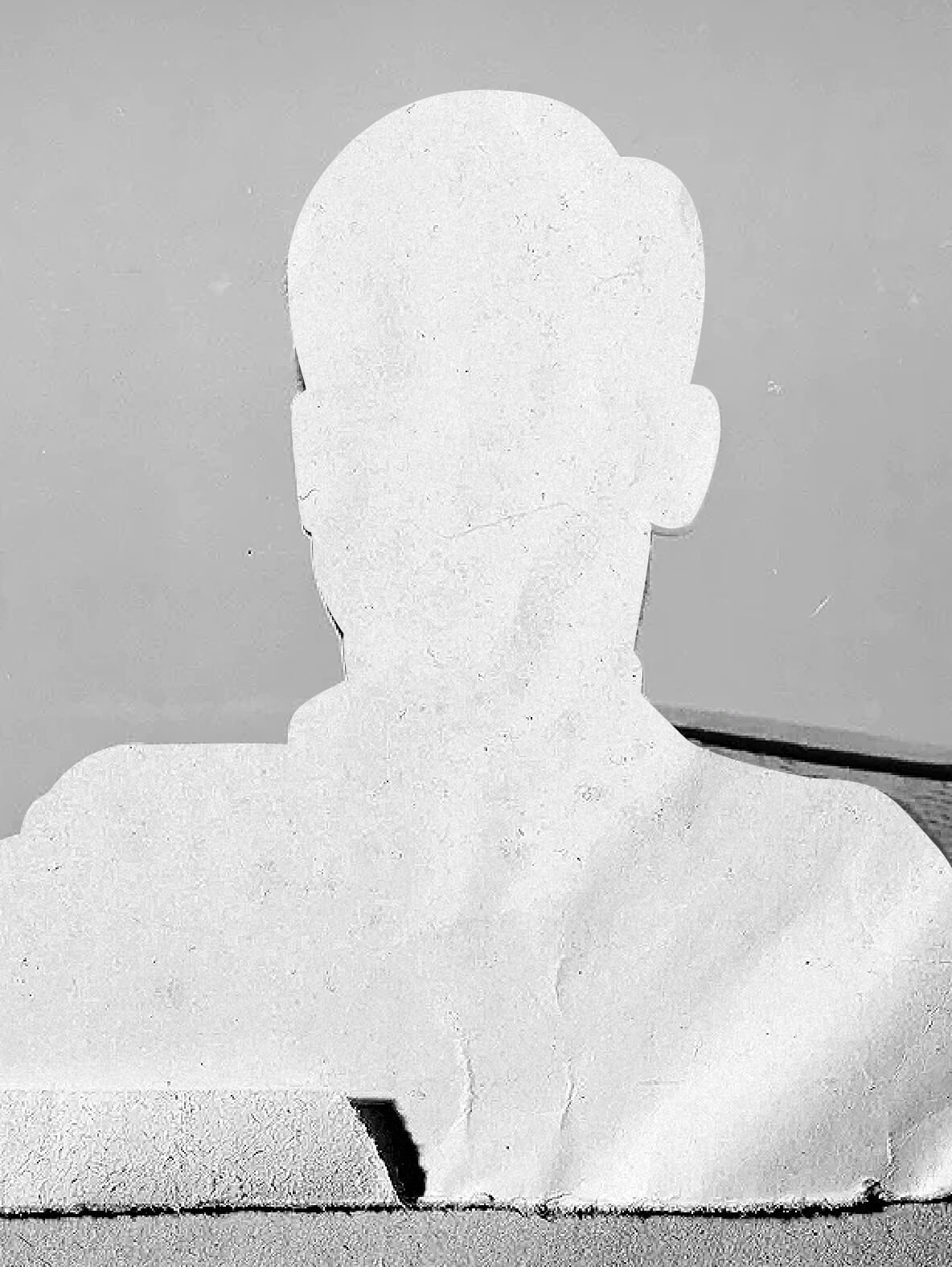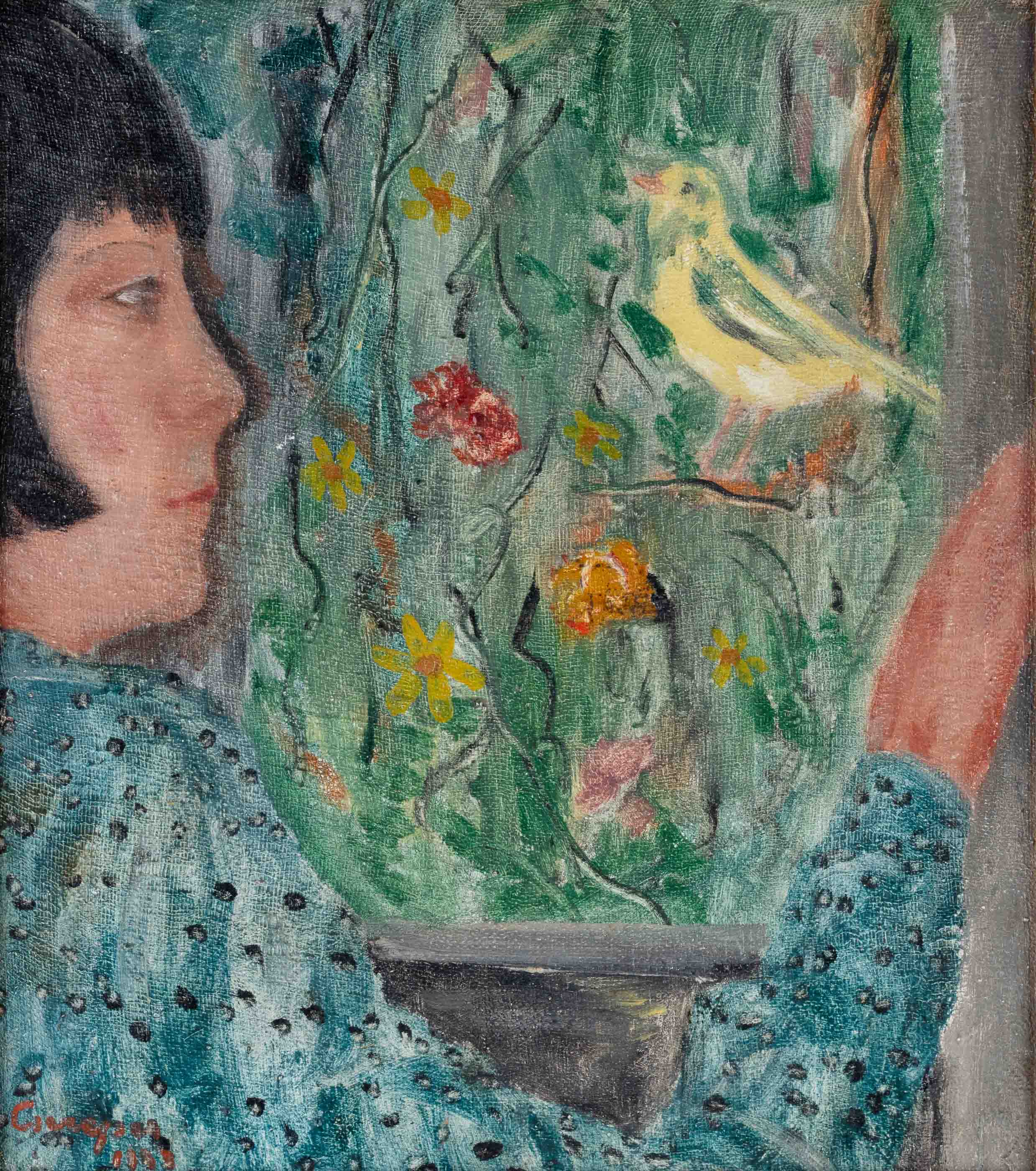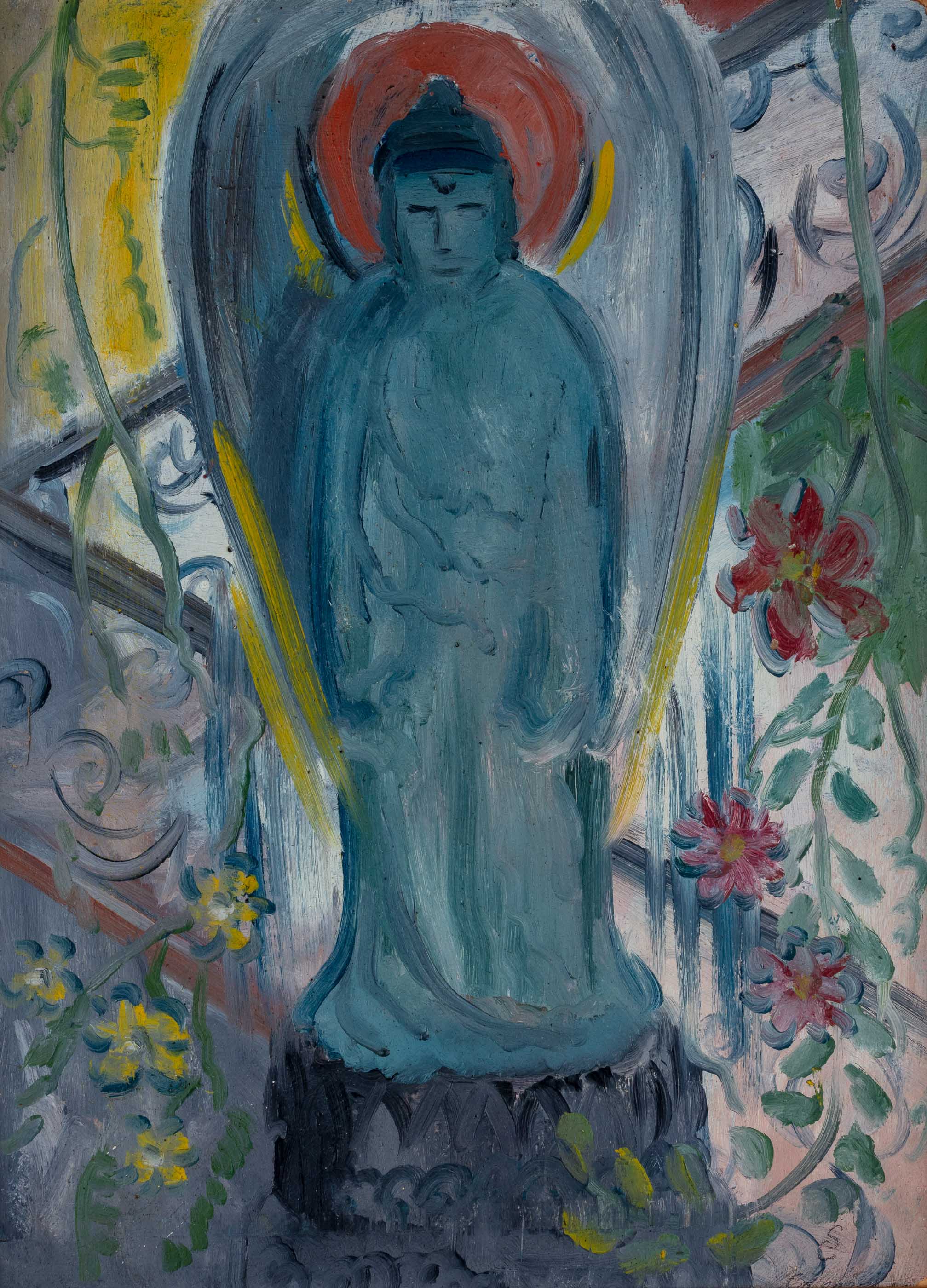Cserepes István

Budapest, 1901 - Budapest, 1944
The Life
He lived his life faithful to a creed for which he died..
The Art
His art as a painter, sculptor, and engraver was inspired by the surrounding reality.
The pursuit of haven and heaven
Born in 1901, Cserepes István became an orphan at a young age; by 17 he already held a job, as a blacksmith.
Forced by circumstances he went on to as a hospital firefighter, then as a medical assistant. It was in the hospital where he had to witness suffering and pain, which determined him to find refuge in drawing. He drew landscapes, birds, and flowers, anything away from human nature. He was, possibly, in the pursuit of haven and heaven.
Things seemed to be going well, as he attended the School of Fine Arts in Budapest from 1926 to 1930 under the mentorship of Csók István despite a financial situation that afforded little opportunity for studies. The artist applied for a scholarship with the Ministry of Culture, reinforced by a letter of recommendation from his teacher. He was refused. However, in the end, fortune smiled upon him as he received a scholarship in Paris. Maybe fortune smiled upon him twice, because there, in Paris, he won the bronze medal at the 1937 World's Fair.
A painter, a sculptor, and an engraver
He shaped his artistic style around the reality that surrounded him, rather than around various theories, so, possibilities being endless, he experimented with the many means of expression and materials available. After all, Cserepes István was not only a painter but also a sculptor and an engraver. The artist developed a desire to collect objects such as instruments, Roman terracotta, small Buddha statuettes, or other relics, which, because of his poor material condition, he hunted at flea markets. The Buddha statuettes were constantly included in his still-life paintings, as well as other gathered small objects.
Believing in something to die for
Thanks to his socialist political affiliation, in 1940 he won the Szinyei Society Award. Meanwhile, increasingly aware of the fascism manifested with World War II, a group of young artists of socialist affiliation created a social circle, strengthened by artistic prestige, influencing more and more young people to join their cause. Yet, in 1944 the fascists overtook the country. For all that, Cserepes István remained an anti-fascist and still an active one, helping those in need and speaking openly against the radical ideology. Moreover, to defy the representatives of the then-current power, he opened a sculpture exhibition in March of the same year. In December 1944, in search of fugitives, members of the Arrow Cross Party entered the house where he lived. The artist remains true to his creed, goes out into the yard, and defies them. According to the housekeeper, he was taken over by the Arrow Cross members and was never seen again… except through his works.


